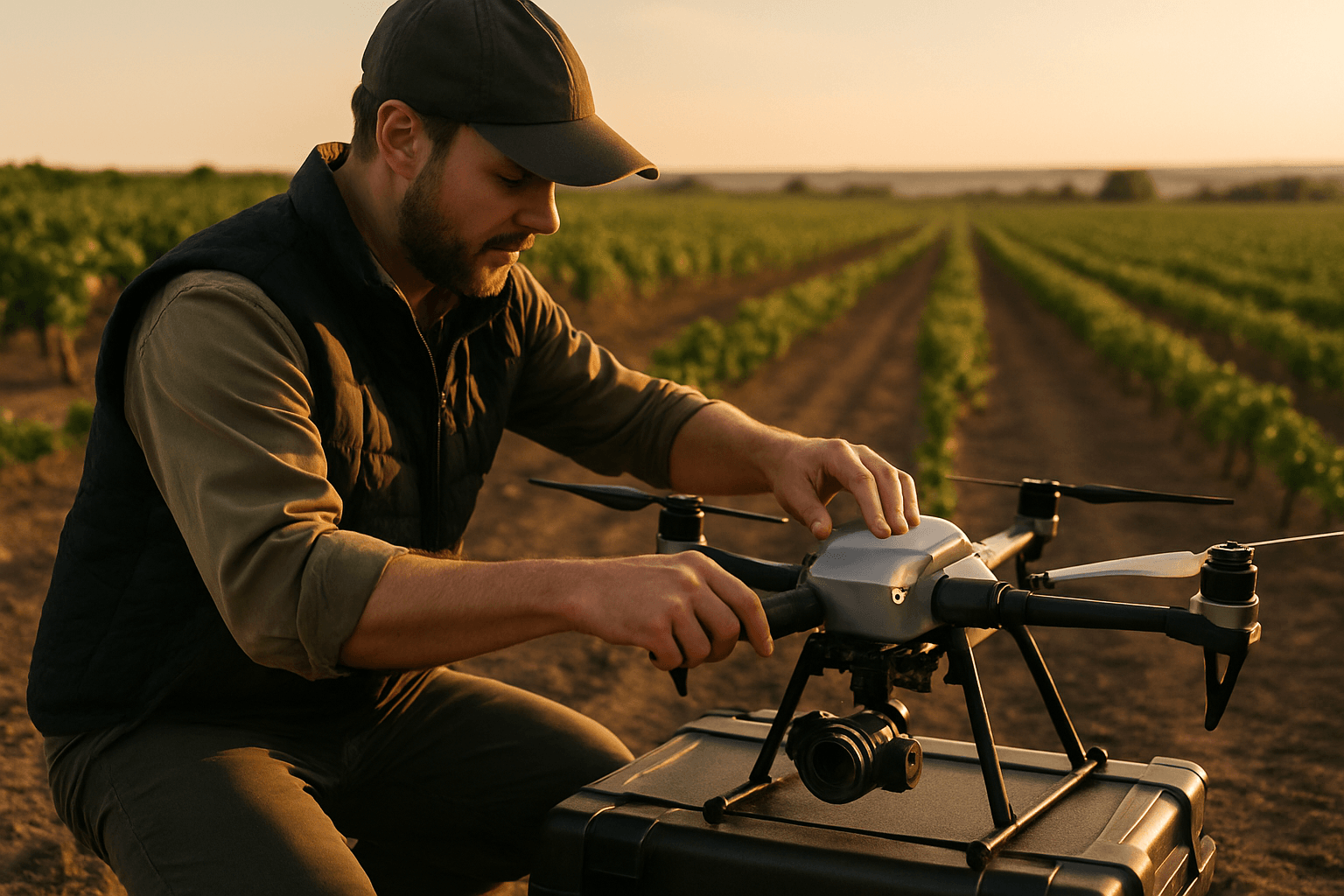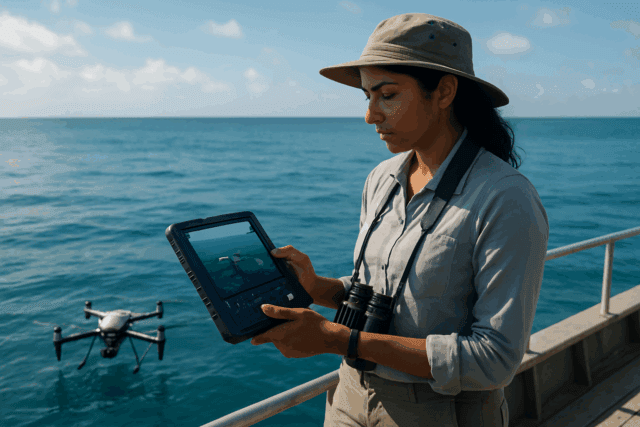Drones have emerged as a transformative technology, offering unprecedented cost savings across various industries. From agriculture and construction to logistics and security, businesses are increasingly leveraging drones to optimize operations, reduce expenses, and gain a competitive edge.
Revolutionizing Industries: How Drones Deliver Cost Savings
Drones offer a wide array of applications across diverse sectors, leading to significant cost reductions and increased efficiency. They achieve this by:
- Automating tasks: Drones can perform tasks that previously required manual labor, reducing labor costs and increasing efficiency.
- Improving data collection: Drones can collect data more quickly, accurately, and safely than traditional methods.
- Reducing risks: Drones can be used to inspect hazardous environments, reducing the risk of accidents and injuries.
Here’s a detailed look at how drones are driving cost efficiency in various sectors:
1. Agriculture: Precision Farming for Optimized Resource Use
Drones are revolutionizing farming practices by providing farmers with unprecedented insights and capabilities.
- Precision Spraying and Seeding: Drones equipped with advanced sensors can precisely apply pesticides, herbicides, and fertilizers, reducing wastage and minimizing environmental impact. Similarly, aerial seeding using drones can expedite planting processes and lower labor costs. Studies show that targeted application can reduce chemical usage by up to 40% and increase yields by up to 20%. For farmers spraying 1,000 acres annually, drone applications can cost approximately $12.27 per acre, compared to custom hire rates of around $16 per acre. Automation could lead to a 90% reduction in costs.
- Crop Monitoring and Health Assessment: Drones can quickly survey large areas of farmland, monitoring plant health, detecting diseases, and identifying water stress. This enables farmers to take timely corrective actions, preventing crop losses and optimizing resource allocation.
- Soil Analysis: Drones capture detailed images of the ground, assessing soil quality and determining optimal planting strategies.
- Irrigation Management: Equipped with thermal sensors, drones can identify areas needing more or less water, optimizing irrigation and conserving water resources.
By using drones for tasks like monitoring crops, inspecting fields, or spraying pesticides, farmers can cut down on manual labor. Drones can apply chemicals more precisely, reducing waste and saving on expensive fertilizers or pesticides. With better data from drone surveys, farmers can adjust their practices to get better results from their crops.
2. Construction: Enhancing Efficiency, Safety, and Accuracy
Drones are enhancing efficiency, safety, and cost-effectiveness in the construction industry.
- Reduced Inspection Times and Costs: Drones can complete inspections in a fraction of the time and cost compared to traditional methods, which often involve scaffolding, cranes, and extensive labor. Drones can reduce surveying costs by up to 50% while completing tasks in hours rather than days. This can reduce costs by 40-60% and speed up inspection times by several days.
- Enhanced Safety: Drones eliminate the need for inspectors to enter hazardous environments, reducing the risk of accidents and injuries.
- Streamline Communications: Being able to streamline information and connect your entire staff can help increase your workplace and job site efficiency.
- Spend Less Time Surveying: Depending on the site, conventional surveying can take days — with drones, it can take minutes.
- Get Accurate Material Estimates: Having the incorrect number of materials for a project can waste time and money. On construction sites, drones can quickly provide a precise representation of the area, so you can get an accurate estimate of everything you will need for the project.
3. Logistics and Delivery: Optimizing Last-Mile Delivery
Drones are transforming the logistics and delivery industry by offering faster and more efficient last-mile delivery solutions.
- Reduced Delivery Times: Drones can navigate congested urban areas and reach remote locations more quickly than traditional delivery vehicles.
- Lower Operational Costs: Drones can reduce fuel consumption, labor costs, and vehicle maintenance expenses.
- Increased Scalability: Drones can easily scale up or down to meet changing demand, providing greater flexibility and responsiveness. Model results showed that depot-based drone delivery led to up to 60 percent cost savings compared to truck-only delivery when servicing low demand in small areas.
4. Security and Surveillance: Enhanced Coverage, Reduced Costs
Drones offer flexible, real-time aerial surveillance, reducing the need for extensive personnel deployment. This approach can cut security monitoring costs by up to 50% while enhancing efficiency.
- Cost Savings: Drones reduce the need for extensive personnel and infrastructure, offering a more affordable security solution.
- Enhanced Surveillance: With their mobility and advanced features, drones provide comprehensive coverage that traditional systems cannot match. Titan Protection implemented autonomous drone technology to enhance security operations, achieving 40% fewer incidents while cutting costs by 60% compared to traditional security guards. Most clients see complete ROI within 12-18 months.
5. Environmental Monitoring: Cost-Effective Data Collection
Drones are valuable tools for environmental monitoring, offering cost-effective and non-disruptive data collection.
- Ecosystem Surveys: Drones reduce costs for environmental surveys by 30-50% and allow for faster data collection on ecosystems, wildlife populations, and habitat changes—all without disrupting the environment.
- Reduced Carbon Footprint: Drones operate with near-zero emissions, making them an eco-friendly alternative to traditional equipment like trucks, helicopters, and cranes, and have a 98% reduced carbon footprint.





